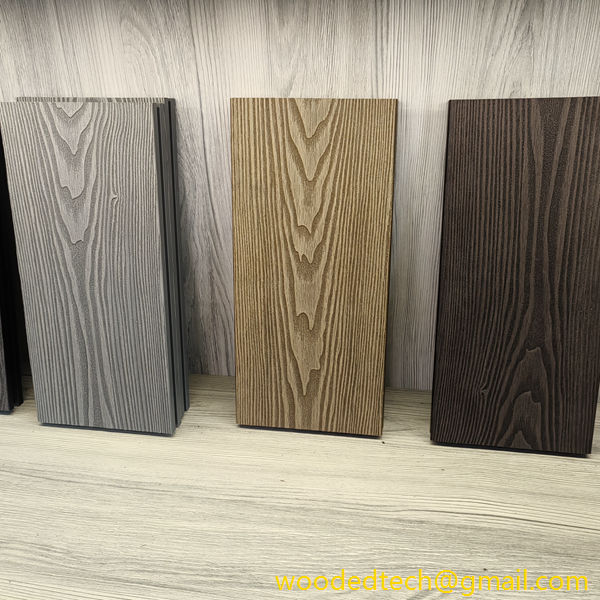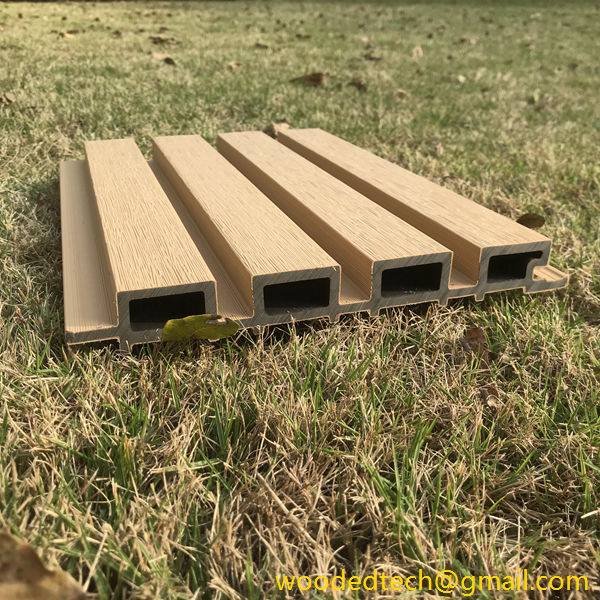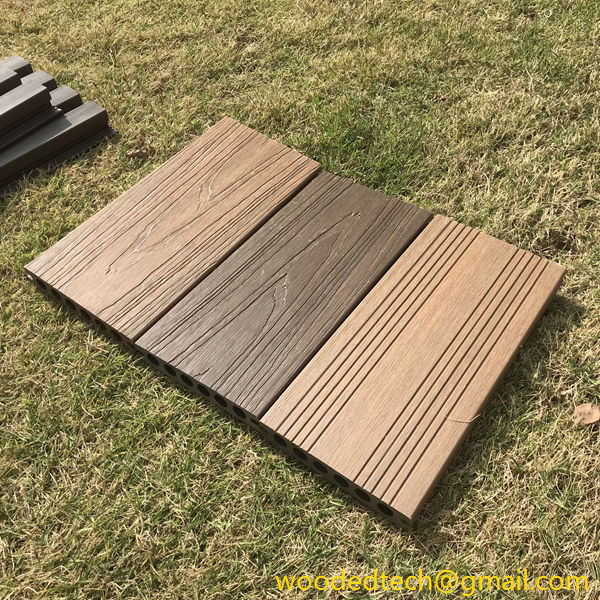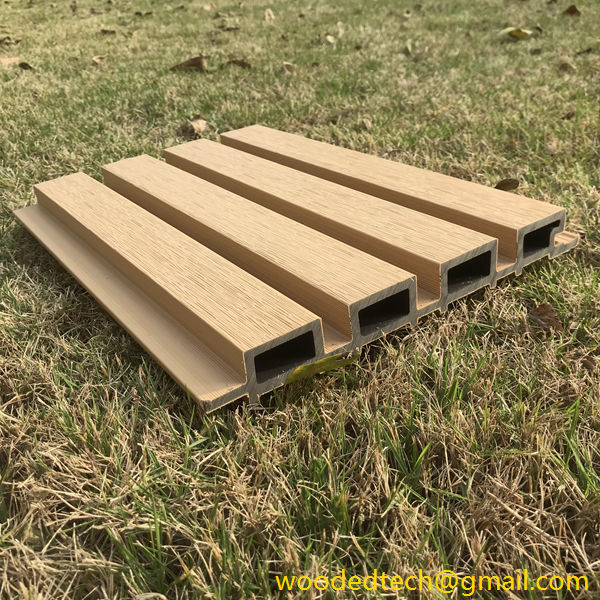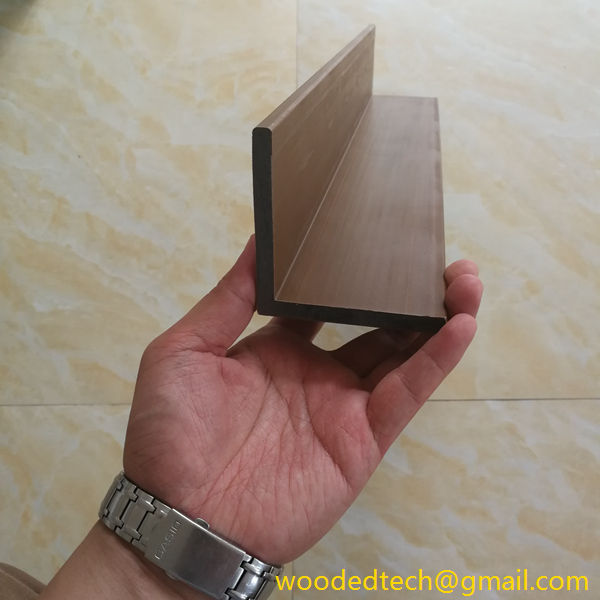Choose the Right WPC Cladding Texture for Your Aesthetic
When it comes to enhancing the exterior of a building or home, one of the most popular materials chosen is Wood Plastic Composite (WPC) cladding. This innovative material combines the best of both wood and plastic, offering a range of textures and finishes that can suit various aesthetics. However, with the diverse global production capabilities and pricing advantages associated with WPC cladding, it is essential to understand how to choose the right texture that aligns with your design vision while also considering these broader factors.
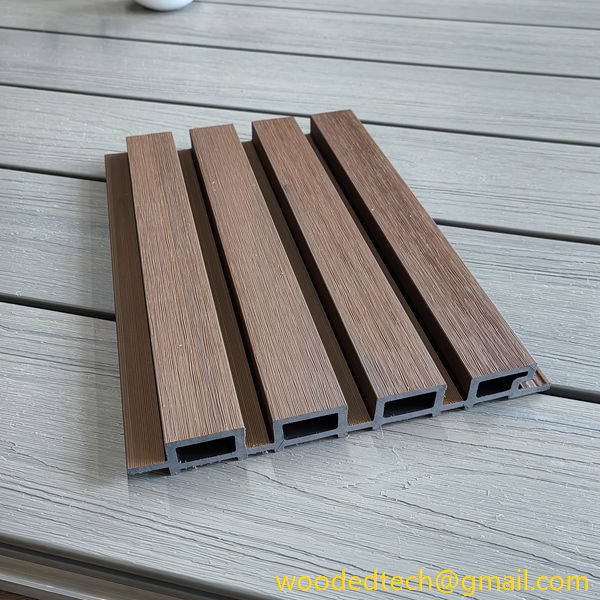
Globally, the production of WPC cladding has significantly expanded, particularly in regions such as Asia, Europe, and North America. Each of these regions has developed its unique strengths in manufacturing processes, which can affect the texture and quality of the final product. For instance, Asian countries often lead in mass production due to lower labor costs, allowing them to create cost-effective WPC options that can be attractive for budget-conscious projects. On the other hand, European manufacturers may focus more on sustainable materials and advanced technology, resulting in higher-quality finishes and textures that cater to premium markets.
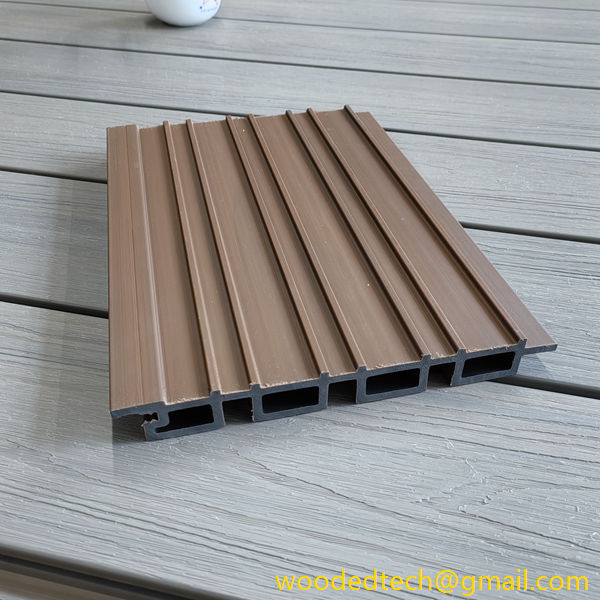
When selecting a WPC cladding texture, it is crucial to consider the aesthetic you wish to achieve. Different textures can evoke various feelings and styles, from rustic and natural to sleek and modern. For example, a wood-grain texture can provide a warm, organic look that blends seamlessly with natural surroundings. This type of texture is often favored in residential applications where homeowners want to create a cozy and inviting atmosphere. Conversely, smooth or matte finishes tend to give a contemporary edge, making them ideal for modern architecture and commercial buildings.
In addition to aesthetic considerations, the choice of texture can also influence the performance and maintenance of the cladding. Textured surfaces may offer better slip resistance, making them suitable for outdoor areas such as decks and patios. However, they can also be more difficult to clean compared to smoother finishes, which may require more regular maintenance. Understanding the trade-offs between aesthetics and practicality is essential for making an informed decision.
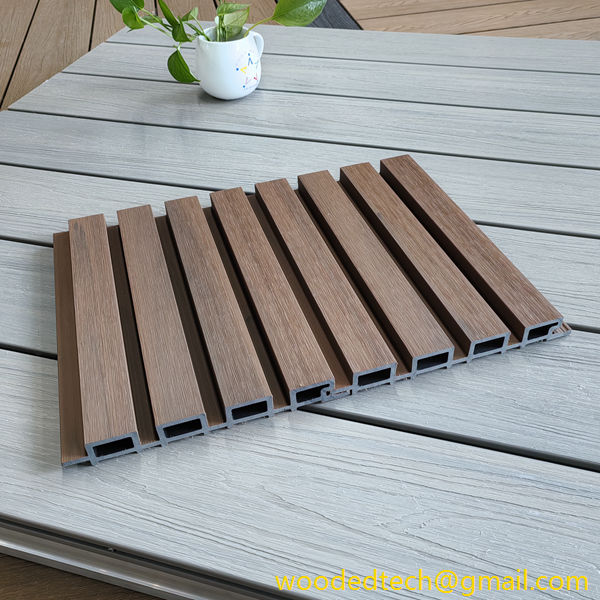
From a pricing perspective, the global distribution of WPC manufacturing provides significant advantages for buyers. As production capabilities have expanded, so too has the competition among manufacturers. This competition can lead to lower prices for consumers, giving them access to a wider range of textures and finishes without breaking the bank. Buyers should, however, be cautious and conduct thorough research on the quality of the products, as lower prices do not always equate to lower quality. It is vital to balance cost with the desired aesthetic and durability of the cladding.
Another key consideration is the availability of specific textures in different regions. Some textures may be more readily available in certain areas, influenced by local manufacturing capabilities and consumer preferences. For example, a particular rustic texture may be prevalent in North America due to regional aesthetic trends, while a sleek, modern finish may be more common in Europe. Understanding these regional preferences can help buyers identify the right suppliers and products that align with their design goals.
Sustainability is another important factor that influences the choice of WPC cladding textures. Many manufacturers are now producing WPC materials with eco-friendly practices, using recycled materials and sustainable wood sources. This trend is particularly noteworthy in Europe, where there is a strong emphasis on environmental responsibility. Choosing a texture that aligns with sustainable practices can enhance the overall aesthetic appeal of a project while also contributing positively to environmental conservation.
In conclusion, selecting the right WPC cladding texture for your aesthetic involves a multifaceted approach that considers global production capabilities, pricing advantages, regional availability, and sustainability practices. By understanding the nuances of these factors, you can make an informed choice that not only meets your design vision but also aligns with practical and financial considerations. Whether you are aiming for a rustic charm or a sleek contemporary look, the right texture can elevate your project and contribute to its overall success. As the market continues to evolve, buyers should remain proactive in exploring new options and innovations that can enhance their exterior spaces.

